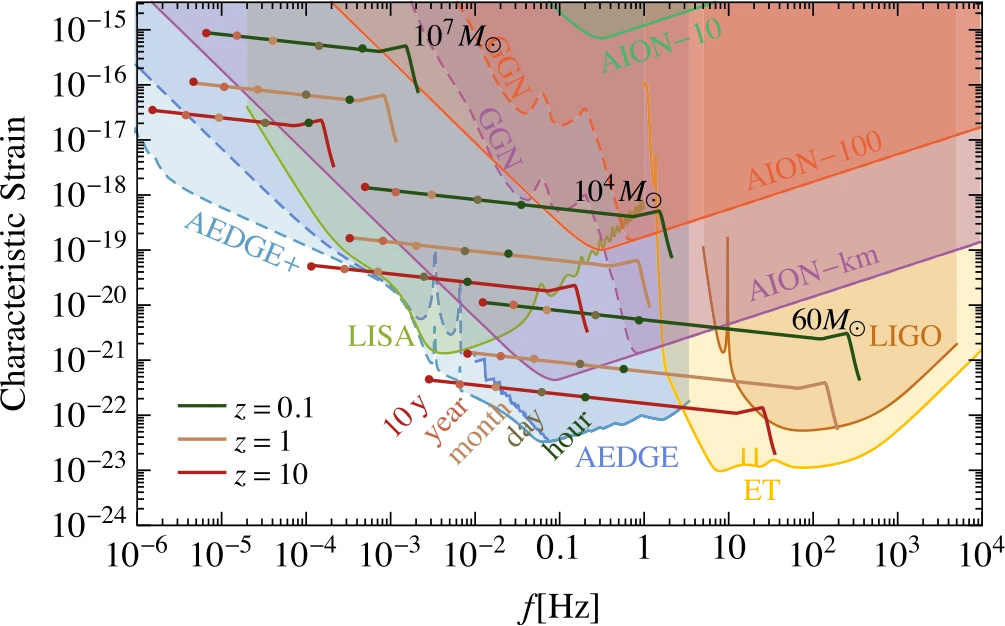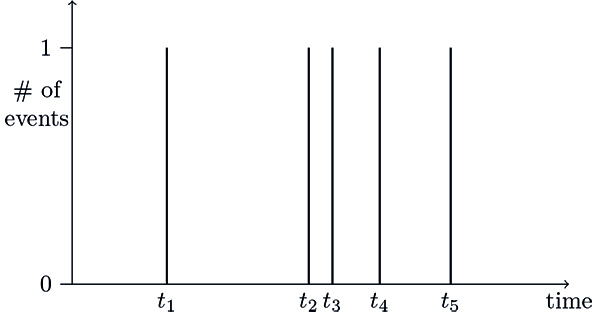EPJ QT Highlight - Progress in terrestrial very long baseline atom interferometry
- Details
- Published on 12 May 2025

The second of a series of workshops, held in London in April 2024, saw over 250 experts make progress towards a blueprint for a kilometre-long atom interferometer.
Interferometry is a technique that extracts information from the interference patterns of superimposed waves, most typically electromagnetic waves. However, atom interferometry, as its name implies, instead uses atoms that are treated as waves through wave-particle duality. Atom interferometers can make exceptionally precise measurements, for example to test foundational physical principles or detect gravitational waves. This decade, international experts in terrestrial very long baseline atom interferometry (TVLBAI) have met for two workshops; progress reported at the second of these, held in London in April 2024, has recently been published in EPJ Quantum Technology.
EPJ QT Highlight - Generating true randomness with quantum measurements
- Details
- Published on 10 February 2025

A new approach can generate random information with extremely high efficiency through a process involving the emission and subsequent detection of single photons
From simulation to cryptography, randomness is a vital resource in many areas of technology. Ideally, random sequences can be created by measuring nondeterministic processes, whose outcomes are inherently unpredictable. Currently, many systems rely on pseudorandom processes such as thermal noise or chaotic oscillation, which exhibit some unpredictability, but are still fundamentally deterministic.
Through new research published in EPJ Quantum Technology, Jonas Almlöf and colleagues at Ericsson Research and the KTH Royal Institute of Technology, Sweden, show how these challenges can be overcome by exploiting the inherently random principles of quantum mechanics.
Their approach offers a realistic route to generating completely unbiased random sequences of information, and also enables far greater efficiency compared to existing methods.
EPJ QT Highlight - Access to burgeoning quantum technology field could be widened by open master educational model
- Details
- Published on 04 March 2024

Quantum technology offers major societal benefits, but its growth depends on the supply of a qualified workforce.
Quantum Technology is based on the engineering of devices that make use of the quantum properties of matter. One of the most prominent avenues of this technology is quantum computing, which may be able to leverage quantum bits (qubits) to perform calculations more efficiently than classical computers. Technology with this “quantum advantage” will also operate in the background of our lives, providing ultra-secure communications and high-precision sensors and clocks.
The applications of quantum technology have led to a boom in investment worldwide; with this technology expected to have a huge societal impact. But to maintain this burgeoning industry, it is crucial that graduates with training in quantum technology enter the workforce. Plus, for the European Union to stay ahead in the quantum tech race, the workforce must assemble on a much shorter timescale than the 3 to 5 years (or more) of a PhD program.
In a new paper in EPJ Quantum Technology, author Simon Goorney, from Aarhus University, Denmark, and his co-authors describe the development of Open Master, a new form of transnational education, that could serve as a means of enhancing accessibility to specialist expertise in quantum technology. The ultimate goal of the pilot scheme, which operated over the academic year of 2021 to 2022, was to use the experience to conceptualise a model for the future of quantum technology education.




